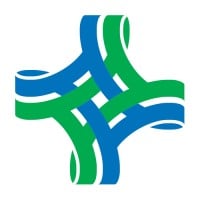
Rochester Regional Health
Rochester Regional Health, headquartered in Rochester, NY, is an integrated health services organization serving the people of Western New York, the Finger Lakes, St. Lawrence County, and beyond. We are dedicated to helping our community stay healthy and live fulfilling lives. Together, we find the best way forward to where you want to be. From western to northern New York, rest assured; we’ve got you covered. We see you. We’re with you. We’re here to uplift you—to treat people, not symptoms. To treat you well. Our experience is nation-leading, neighbor-driven, and rooted in generations of real-life care. Today, we offer comprehensive care from 500+ locations, including 8 hospitals; more than 300 primary and specialty practices, rehabilitation centers and ambulatory campuses; innovative senior services, facilities and independent housing; a wide range of behavioral health services; and ACM Global Laboratories, a global leader in patient and clinical trials. Whatever you need, from every age, to every stage, across every service line, and every symptom... Whatever it is, we’re here for it. Learn more about Rochester Regional Health at careers.rochesterregional.org. Rochester Regional Health is an Equal Opportunity/Affirmative Action Employer. Minority/Female/Disability/Veteran






